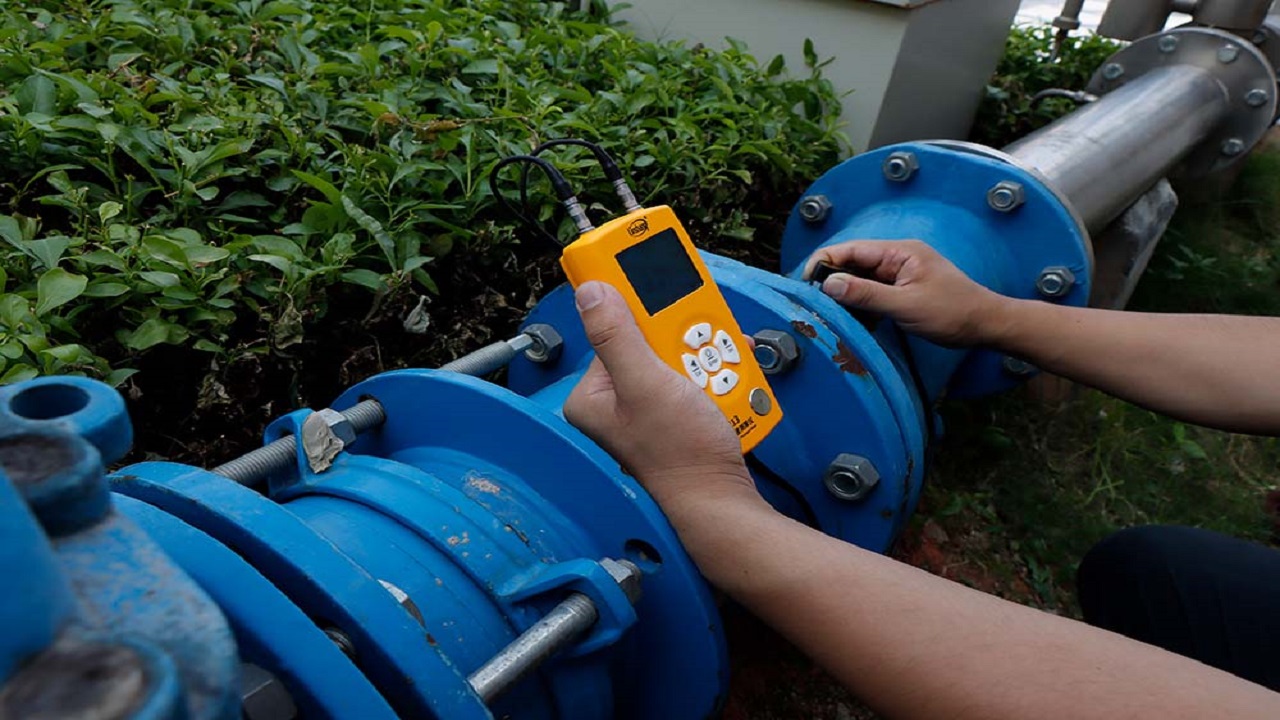Steel pipes are essential components in various industries, playing a crucial role in the transportation of liquids and gases. One critical aspect that engineers and professionals must consider when dealing with steel pipes is their wall thickness. The thickness of a steel pipe’s wall has significant implications for its performance, durability, and overall suitability for specific applications. Navigating the complexities of steel pipe wall thickness including a53 pipe requires a comprehensive understanding of the factors influencing this critical dimension.
Factors Influencing Steel Pipe Wall Thickness
Pressure and Temperature
The primary function of a steel pipe is to contain and transport fluids under different pressures and temperatures. Higher pressure and temperature requirements demand thicker walls to ensure structural integrity and prevent potential leaks or failures. Engineers carefully calculate these factors to determine the optimal wall thickness for a given application.
Material Properties
The choice of material greatly influences the wall thickness of a steel pipe. Different steel alloys exhibit varying levels of strength, corrosion resistance, and other properties. Engineers must select materials that can withstand the specific conditions of the intended application, and this choice directly impacts the required wall thickness.
Code and Standards
Various industries and applications follow specific codes and standards that prescribe minimum requirements for steel pipe wall thickness. Adhering to these standards ensures compliance with safety regulations and industry best practices. Professionals must be well-versed in the applicable codes to design, manufacture, and install steel pipes that meet these requirements.
Pipe Diameter
The diameter of a steel pipe is another crucial factor affecting wall thickness. Larger-diameter pipes generally require thicker walls to withstand the increased stress caused by the larger surface area. Engineers use mathematical formulas and simulations to determine the optimal relationship between diameter and wall thickness for a given application.
Challenges in Determining Wall Thickness
Corrosion Considerations
Corrosion poses a significant threat to the longevity of steel pipes. The corrosive nature of transported fluids or external environmental factors can compromise the integrity of the pipe over time. Engineers must factor in corrosion allowances when determining wall thickness, ensuring that the pipe can withstand the expected corrosion rate and maintain its structural integrity.
Cost-Benefit Analysis
While thicker walls enhance a steel pipe’s strength and durability, they also contribute to increased material costs and production expenses. Engineers often perform cost-benefit analyses to strike a balance between the required performance and the economic feasibility of a particular wall thickness.
Manufacturing Limitations
The capabilities of manufacturing processes and equipment can influence the attainable wall thickness for steel pipes. Understanding these limitations is crucial for ensuring that the desired specifications are achievable in practice.
Conclusion
Navigating the complexities of steel pipe wall thickness requires a multidimensional approach, considering various factors such as pressure, temperature, material properties, industry standards, corrosion, and manufacturing constraints. Engineers and professionals involved in the design and implementation of steel pipe systems must carefully balance these factors to ensure optimal performance, safety, and cost-effectiveness. In an ever-evolving industrial landscape, staying informed about advancements in materials, technologies, and industry standards is essential for those navigating the intricate web of steel pipe wall thickness. By doing so, professionals can contribute to the development of robust and efficient systems that meet the demands of diverse applications while prioritizing safety and reliability.
